Archives
- 2025-11
- 2025-10
- 2025-09
- 2025-03
- 2025-02
- 2025-01
- 2024-12
- 2024-11
- 2024-10
- 2024-09
- 2024-08
- 2024-07
- 2024-06
- 2024-05
- 2024-04
- 2024-03
- 2024-02
- 2024-01
- 2023-12
- 2023-11
- 2023-10
- 2023-09
- 2023-08
- 2023-07
- 2023-06
- 2023-05
- 2023-04
- 2023-03
- 2023-02
- 2023-01
- 2022-12
- 2022-11
- 2022-10
- 2022-09
- 2022-08
- 2022-07
- 2022-06
- 2022-05
- 2022-04
- 2022-03
- 2022-02
- 2022-01
- 2021-12
- 2021-11
- 2021-10
- 2021-09
- 2021-08
- 2021-07
- 2021-06
- 2021-05
- 2021-04
- 2021-03
- 2021-02
- 2021-01
- 2020-12
- 2020-11
- 2020-10
- 2020-09
- 2020-08
- 2020-07
- 2020-06
- 2020-05
- 2020-04
- 2020-03
- 2020-02
- 2020-01
- 2019-12
- 2019-11
- 2019-10
- 2019-09
- 2019-08
- 2019-07
- 2019-06
- 2019-05
- 2019-04
- 2018-11
- 2018-10
- 2018-07
-
In these experiments recordings were performed continuously
2024-07-01
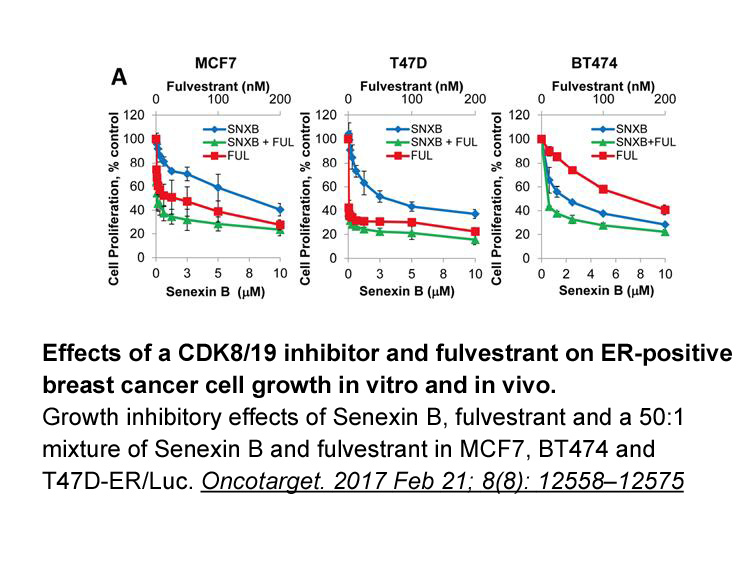
In these experiments, recordings were performed continuously in the homecage and during the first 5 days of training on a randomized forced alternation T-maze working memory task (Figures 1A, 1B, 3A, and 3B) (Kucewicz et al., 2011). Sleep and wake states were determined by simultaneous recording of
-
br LOX in esophageal cancer Various studies suggest
2024-07-01
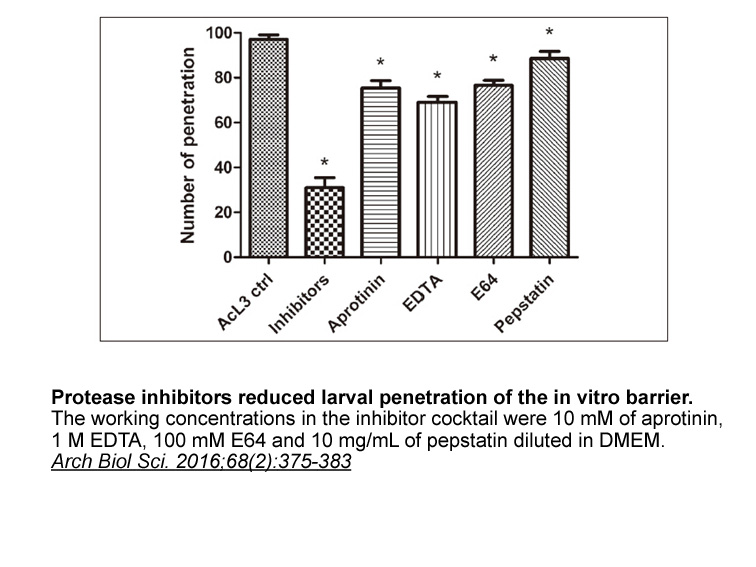
5-LOX in esophageal cancer Various studies suggest that abnormal levels of AA metabolites play an essential role in human esophageal adenocarcinogenesis (EAC). The key AA derivatives of 5-LOX signaling molecules namely include, 5-HETE, LTB4, and cysteinyl LTs, which are well-known to initiate inf
-
The central problem in amnesia developing
2024-07-01
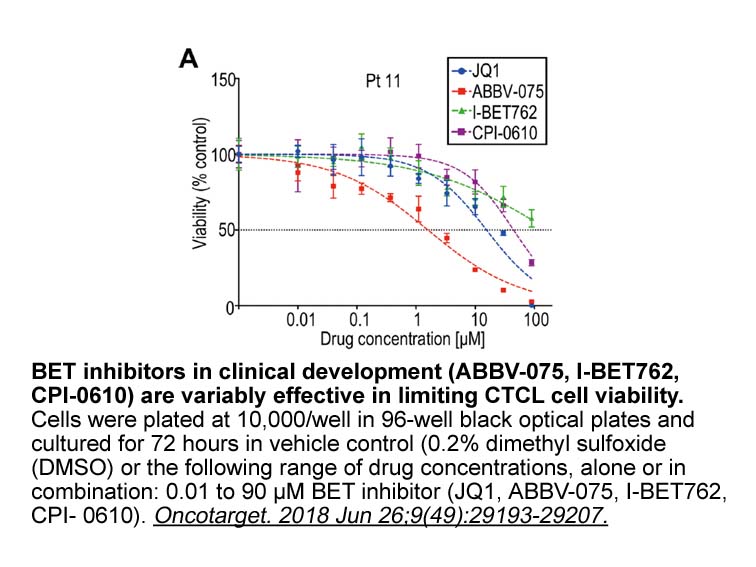
The central problem in amnesia developing following impairment of long-term memory consolidation or reconsolidation is a question of the underlying mechanisms, whether it is caused by impairment of retrieval or memory storage mechanisms [3,8,9,[15], [16], [17], [18]]. To answer this question, severa
-
The srd a isoforms showed unique
2024-07-01
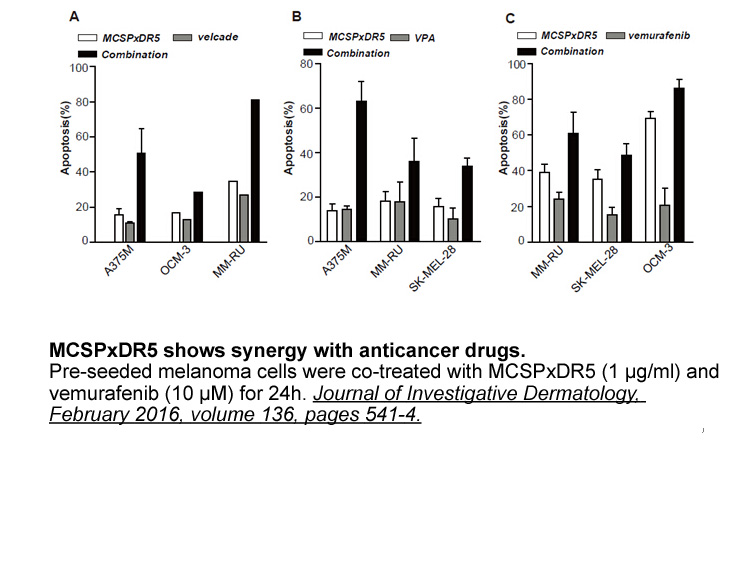
The srd5a isoforms showed unique expression profiles in early FHM development (Fig. 2). Similar to amphibian embryos, there was a high abundance of both srd5a1 and srd5a3 at 1dpf in FHMs, suggesting that mRNA for these enzymes may be maternally deposited and that these enzymes may play a key role in
-
Despite these conflicting data about COX ER
2024-07-01
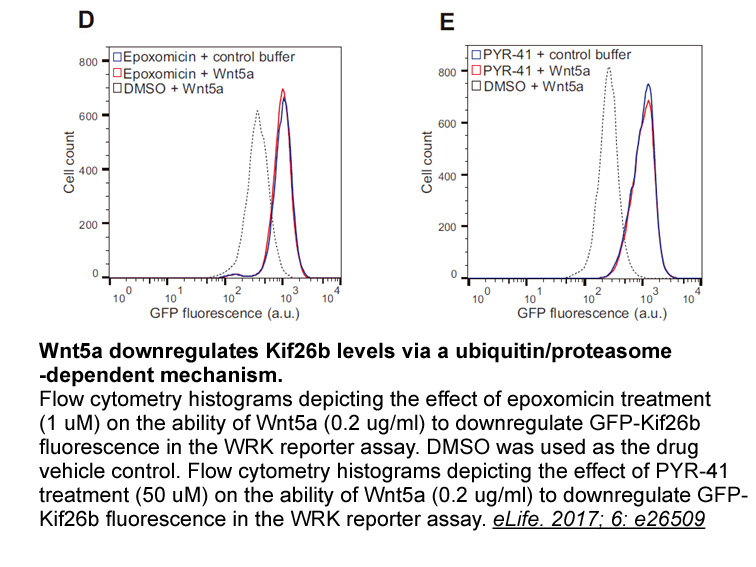
Despite these conflicting data about COX-2/ER correlations, a large body of evidence supports that elevated COX-2 expression in breast cancer is a constant feature of high stage disease and a predictor of worse outcome. Upregulation of COX-2 protein has been identified in approximately 40% of cases
-
Interestingly we noticed that LPS exposure was
2024-06-28
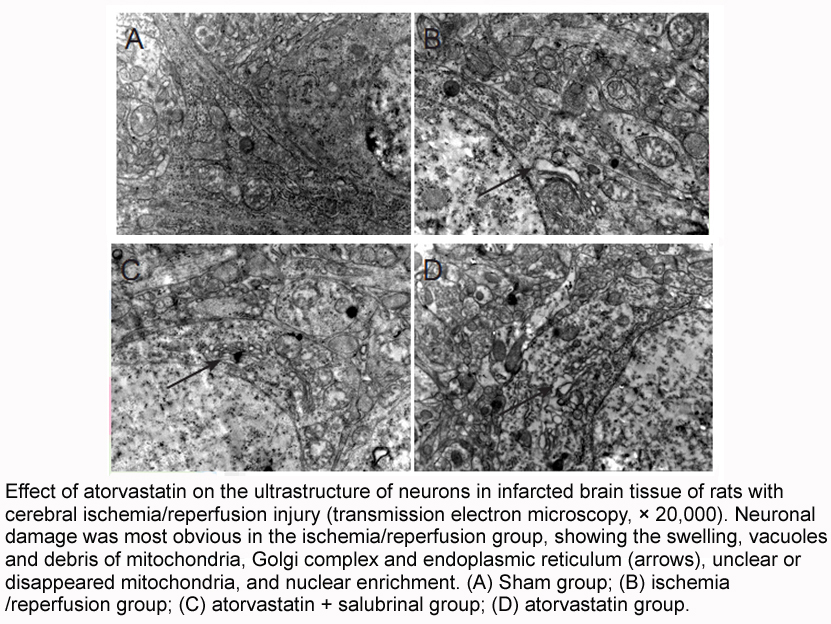
Interestingly, we noticed that LPS exposure was associated with decreased phosphorylation of AMPK and increased phosphorylation of p70S6K1, suggesting that AMPK inactivation and the subsequent mTOR activation might be involved in the development of LPS-induced inflammation. On the other side, treat
-
Since HETEs and lipoxins the downstream products of LOX from
2024-06-28
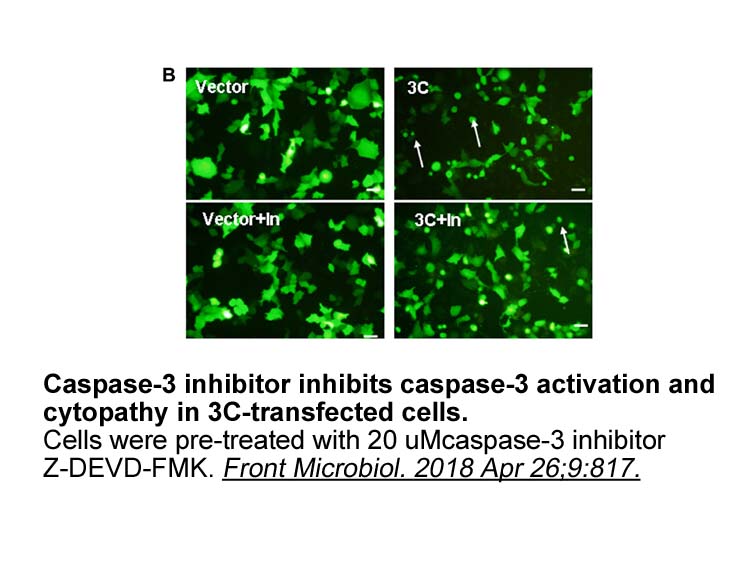
Since HETEs and lipoxins, the downstream products of 12/15-LOX from AA, may alter cellular proliferation and apoptosis,31, 32 and possibly explain the increase of tumour progression and metastasis. However, we here found that HETEs did not affect the proliferation of melanoma in vitro. This may part
-
According to their structures and substrate specificity
2024-06-28
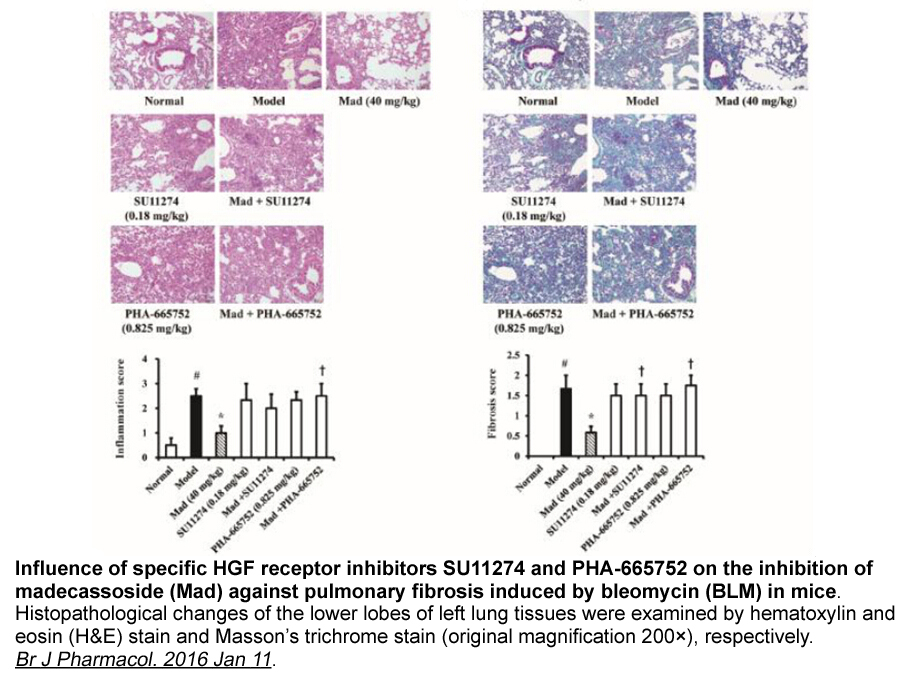
According to their structures and substrate specificity, MMPs are divided into five major groups: collagenases (e.g., MMP1), gelatinases (e.g., MMP2, MMP9), stromelysins (e.g., MMP3, MMP10), matrilysins (e.g., MMP7), and membrane-type MMPs [7]. Among them, MMP1 is a major collagenase that degrades t
-
Further important evidence for G protein signaling on early
2024-06-27
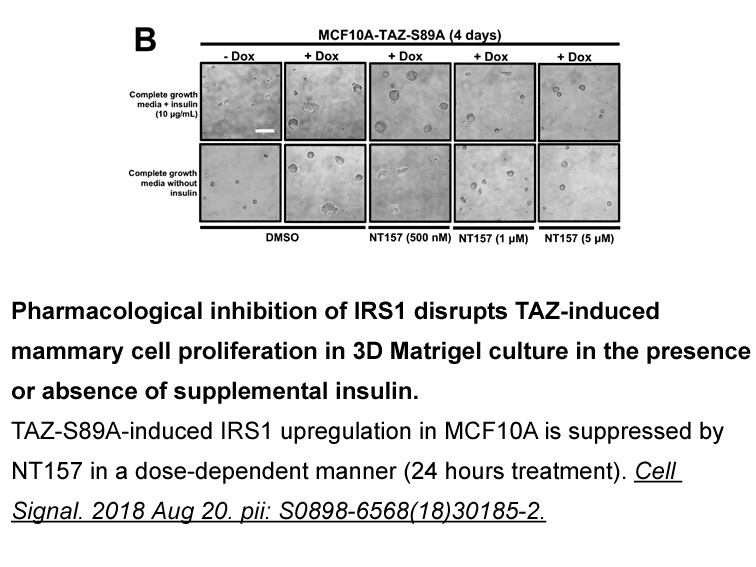
Further important evidence for G protein signaling on early endosomes has been subsequently obtained for the β2-adrenegic receptor using fluorescently-tagged conformation-sensitive nanobodies selectively recognizing the active receptor and Gs protein [43]. More recently, our group used a combinati
-
br Conclusions In summary aromatase mRNA expression in the b
2024-06-27
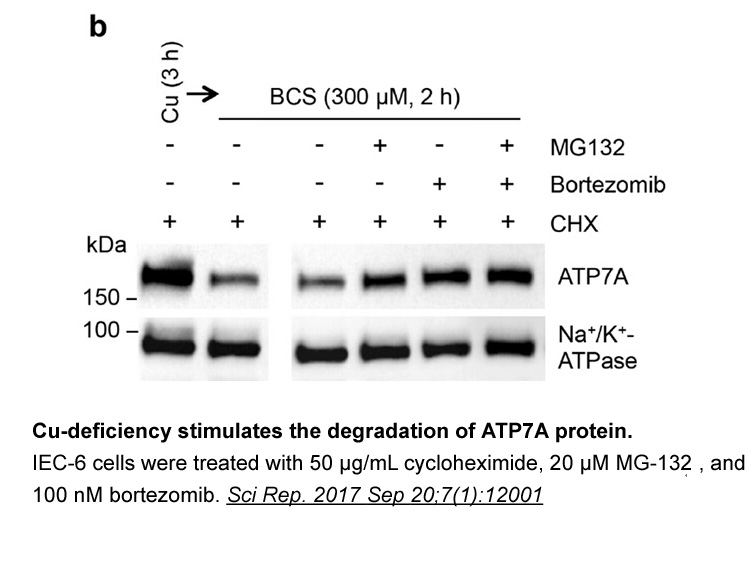
Conclusions In summary, aromatase mRNA expression in the Carbenicillin of A. leptorhynchus shows a similar distribution pattern as seen in other teleosts with expression detected in the forebrain and the pituitary gland. The lack of aromatase mRNA expression in the midbrain and hindbrain of A. l
-
br MADS box proteins in plants a flourishing
2024-06-27
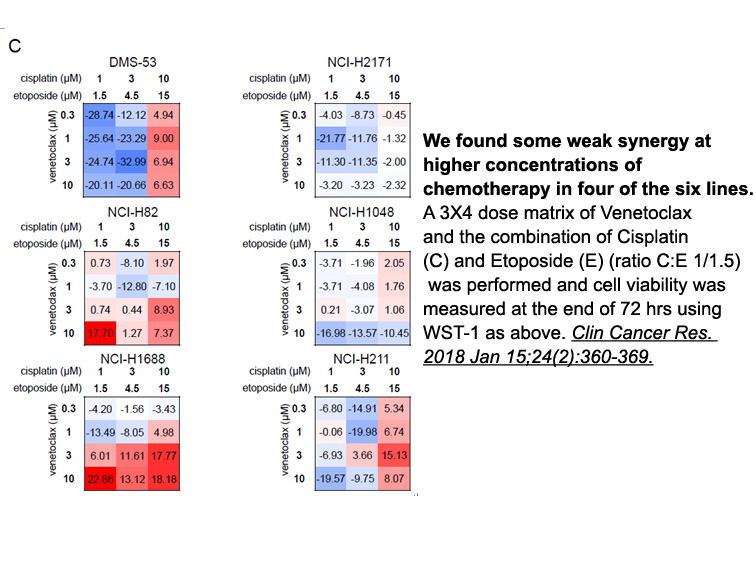
MADS box proteins in plants, a flourishing family In contrast to animals, homeotic genes in plants do not code for homeodomain-containing proteins, but rather, in almost all cases, for MADS domain proteins. The sequencing of the genome of Arabidopsis thaliana revealed more than 100 putative MADS
-
The activation of P Rs modulates the
2024-06-26
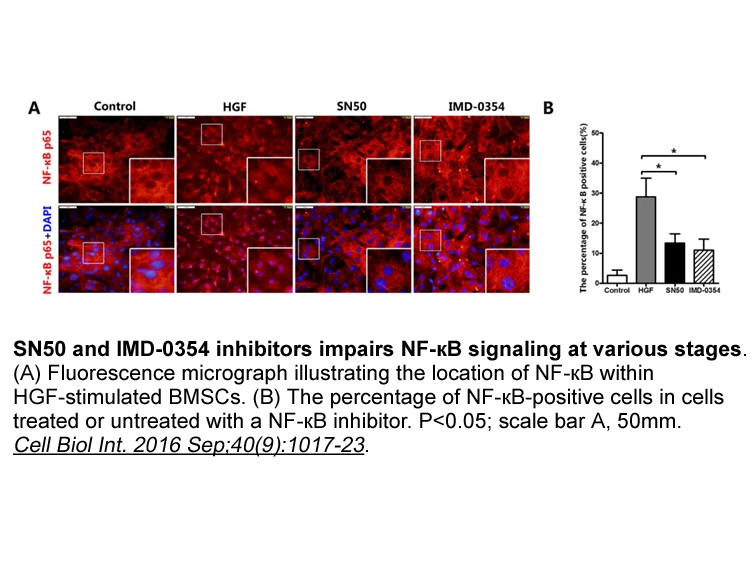
The activation of P1Rs modulates the activity of many ion channels and receptors (Sebastião and Ribeiro, 2009) and the recent detection of P1Rs at the postsynaptic level of the adult NMJ (Garcia et al., 2014) makes potentially possible an adenosine-mediated modulation of the nicotinic orphan recepto
-
We further analyzed selected hit
2024-06-26
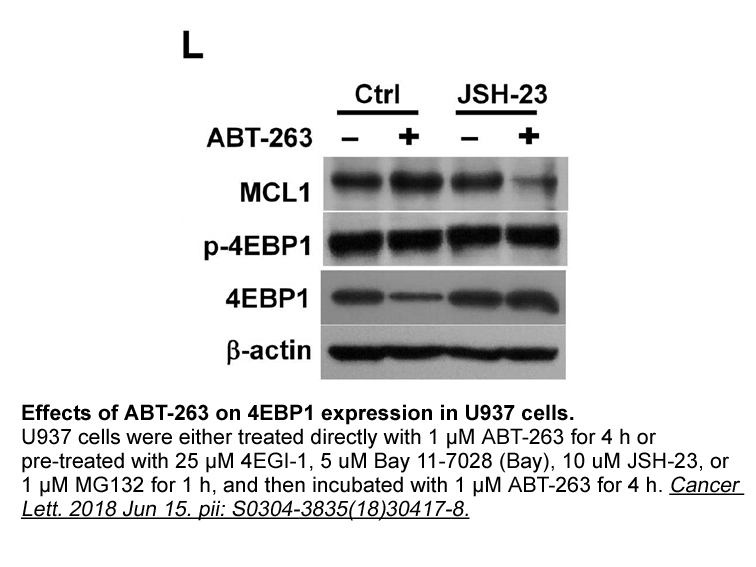
We further analyzed selected hit compounds for their ability to inhibit human AdK in intact cells. Human 1321N1 astrocytoma lamotrigine sale were utilized which were found to express AdK. The whole cell assay was performed using a 96-well format. The standard AdK inhibitor 5-iodotubercidin was empl
-
br Discussion The clinical course of our patient until May
2024-06-26
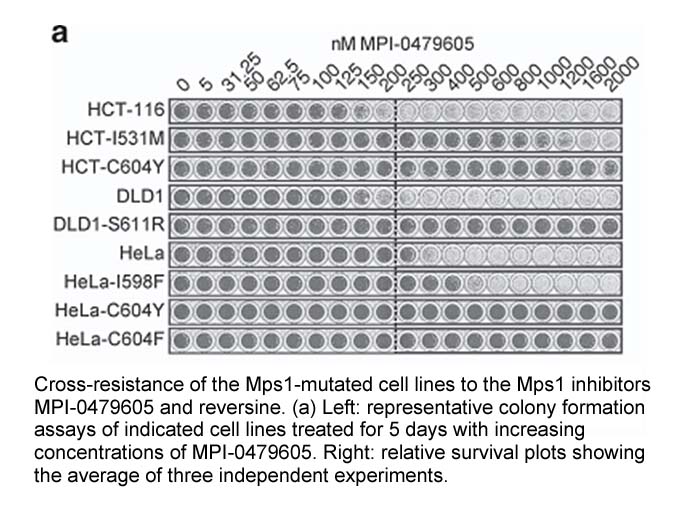
Discussion The clinical course of our patient until May 2012 was rather typical of early onset AChR-MG. Later on, the pattern of the disease was more typical of MuSK-MG, as evidenced by the distribution of myasthenic weakness and the unprovoked exacerbations. The Topotecan HCl of MuSK-MG appears
-
br Conclusion In summary screening a small
2024-06-26
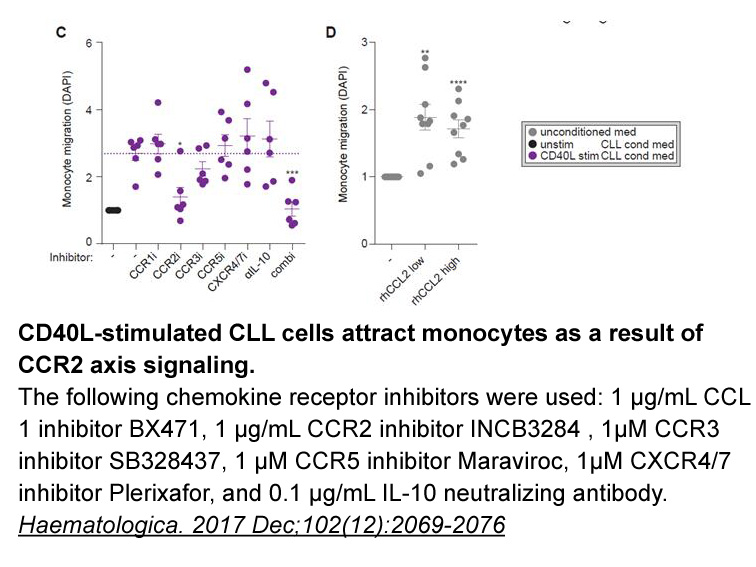
Conclusion In summary, screening a small compound library based on the 3-aminopyridin-2-one motif in a target-blind manner against a 26-kinase panel, representative of the kinome, identified hits that possess good activity and excellent ligand efficiency against MPS1, Aurora A and Aurora B. The b
16225 records 126/1082 page Previous Next First page 上5页 126127128129130 下5页 Last page